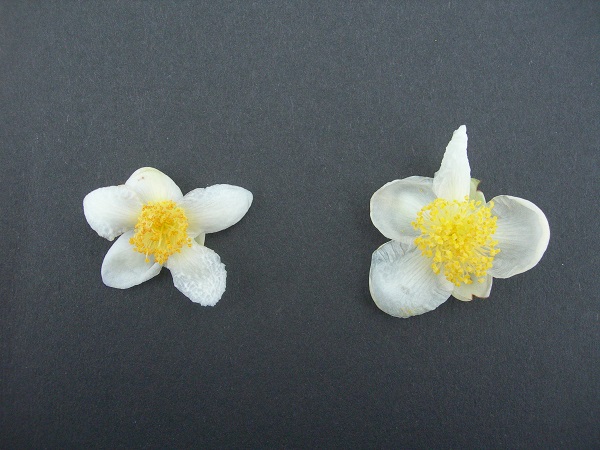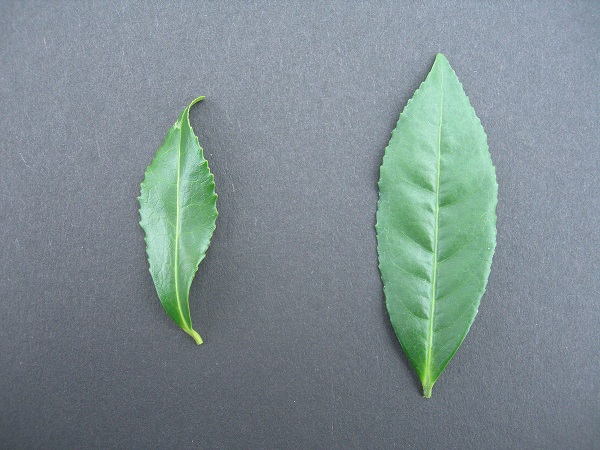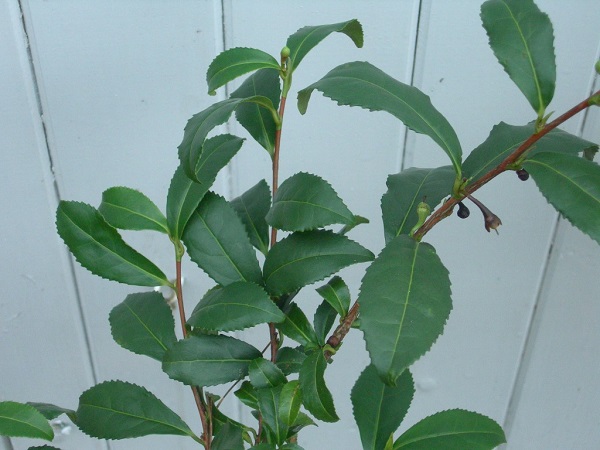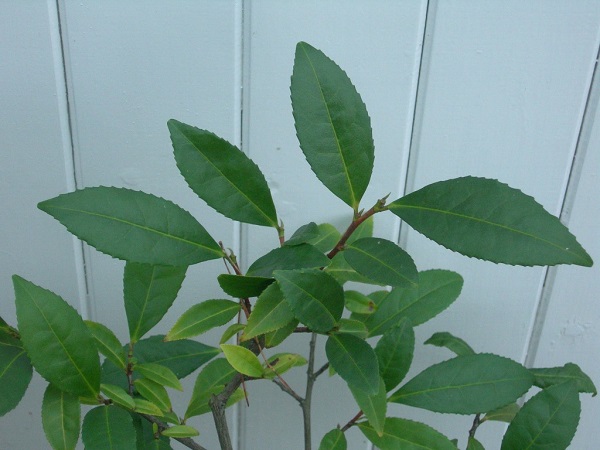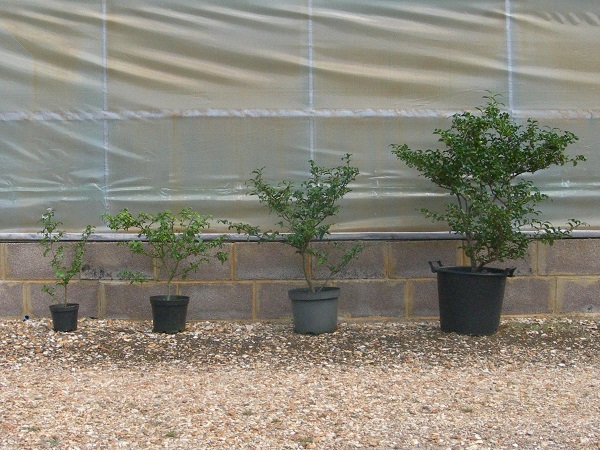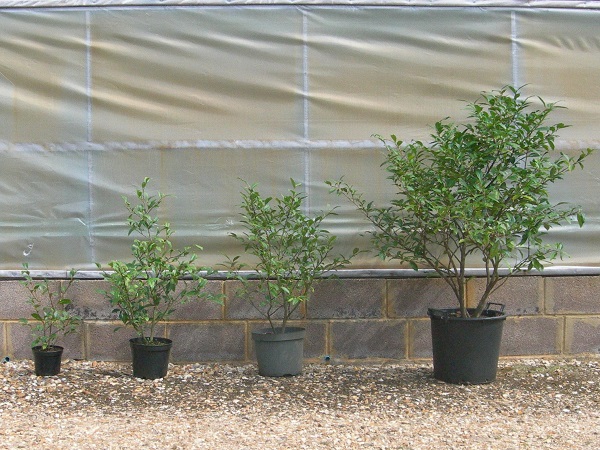|
|
|
Camellia sinensis - the tea plant Last Updated: 03/09/2019 |
||||||||||||||||||||||||||||
|
The common tea plant, Camellia sinensis, is native to large parts of southern China and some neighbouring countries, and has been cultivated by the Chinese for perhaps as long as 3000 years in order to prepare the drink with which we are now so familiar. Over the years plants have been selected from the wild, cultivated and bred, so that the form widely grown in China for tea production (mostly of green teas) is now classified as Camellia sinensis var.sinensis.
The first shipments of tea reached the West around 1650, and with its increasing popularity, the British were keen to begin growing the plants in their own overseas territories, rather than rely on trade with the Chinese. This was achieved during the 19th Century with the establishment of the tea plantations in India and Sri Lanka. During this time a tea plant had been found growing wild in the Assam province of north-eastern India, and as this proved to be particularly suitable to conditions in India, it was eventually used to provide plants for all the Indian tea plantations. This is now the plant that is known as Camellia sinensis var.assamica and which is used to produce the Assam-type black teas. The main difference between the var.sinensis and var.assamica is that the latter generally has larger, thinner leaves: 7-22cm long for var.assamica compared to 4-14 cm for var.sinensis. It is important to bear in mind that, although var.sinensis is traditionally used for green teas while var.assamica is used for black, either plant can be used to prepare either type of tea. The difference between green and black teas is due entirely to the way in which the leaves are processed, and not to the plant they are derived from. We grow two similar, but distinct, types of Camellia sinensis, which we refer to as ‘small-leaf’ (Type A) and ‘large-leaf’ (Type B), although the differences between the two are marginal. Both are typical of Camellia sinensis var.sinensis, but Type B has slightly larger, flatter leaves. The flowers are also larger, and the plant is more vigorous with a slightly more open habit and the leaves spaced further apart on the stems. The pictures below illustrate the differences. The pictures below illustrate the differences:
We propagate both of these varieties from cuttings so that every plant remains true to its type and always has the same characteristics. However, we also have some plants of Type B which have been grown from seed, so that there is a natural variation from plant to plant in terms of leaf size and shape, and plant habit. In particular some of the seed-grown plants can have slightly larger leaves than those propagated from cuttings – the table below shows the differences.
|
